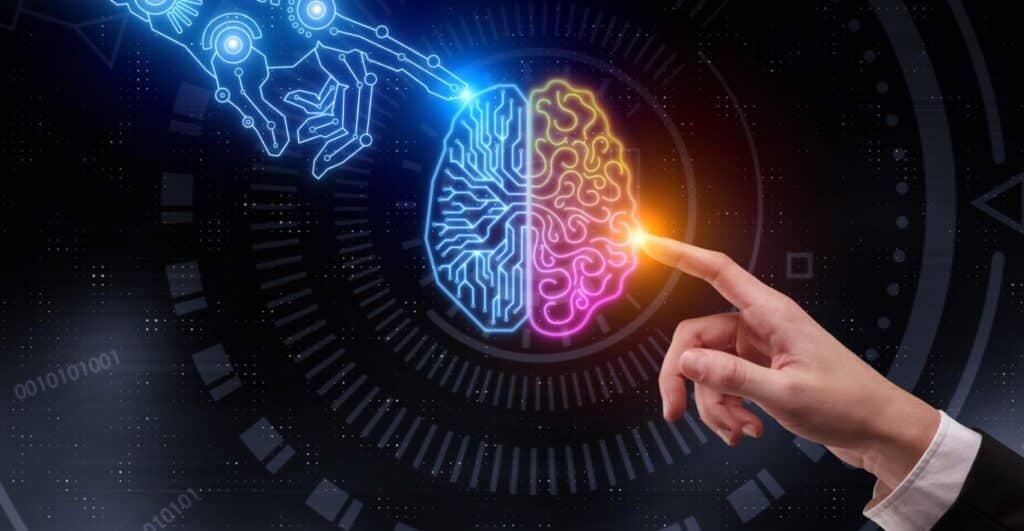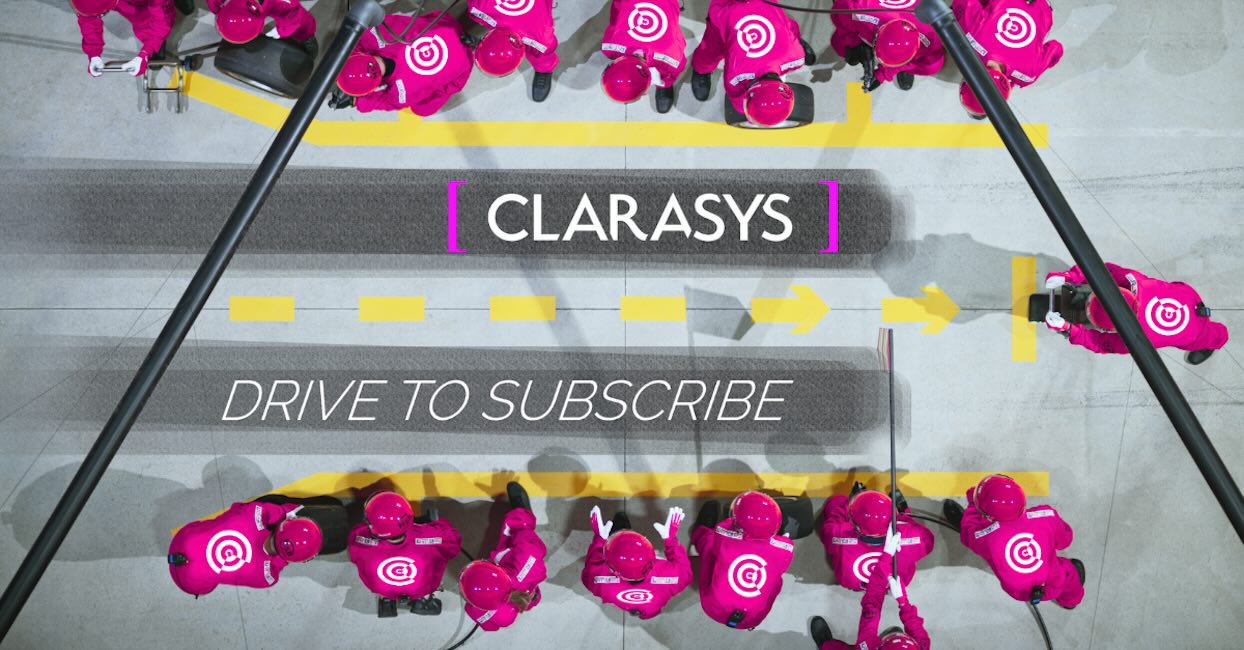Will AI fuel the next industrial revolution?
Exposing intelligence that’s artificial
Exposing intelligence that’s artificial
Will AI fuel the next industrial revolution?

‘Artificial Intelligence (AI) will fuel the next industrial revolution.’
This statement has been reported and repeated so frequently it could become a self-fulfilling prophecy. If AI is the future, then every business leader should be asking ‘where isn’t it used now that it could be applied?’ This is a deceptively difficult question to answer, because AI is not the same as human intelligence, despite its appearances.
For those wanting to identify where AI might improve a business, it would be helpful to have a simple analogy that offers an understanding of its mechanics. But there is no single analogy that encompasses the evolving complexity of everything ‘AI’. Armed with other peoples’ ignorance, agents of change (e.g. strategists, technologists, consultants) are more frequently offering AI as a solution to many complex and apparently intractable business problems… After all, it’s difficult for the subjects of their recommendations to dismiss a solution whose power is infinite.
If you’re on the wrong side of this discussion, feeling that AI is not the answer but unsure why, then I have some advice that might help:
Firstly, don’t underestimate the power of a simple question. Here are a few borrowed from established problem solving techniques that remain true regardless of the solution:
- What are the outcomes or benefits that would be made possible by the proposed (AI) solution?
(If you’re unsure what you’re trying to achieve, then what gives you confidence AI might help?)
2. What’s the measurable difference between what’s being achieved now and what we want to achieve?
(If you don’t have a way of measuring what’s achieved or some of its precursors, then you can be sure that no data-driven AI algorithm can help you.)
3. What are the potential root causes that limit my business’ ability to achieve those benefits now?
(AI might be part of the solution, but if you’re not addressing the other limiting factors, e.g. your employees’ resistance to AI, then you won’t realise the anticipated return on investment that justifies such an expensive solution)
4. Is this (AI) the simplest solution? AI might be part of the solution, and it is definitely fashionable; but is there a cheaper, faster, more effective alternative that still meets your needs?
If AI is a credible potential solution, then it is time to consider its mechanics.
What follows are three fundamentals of AI that require no prior knowledge of it…
1) What’s your question?
Fundamentally, all current AI algorithms answer a question. Any AI solution will use at least one algorithm to answer at least one question. Everything, except the answers to such questions, are not the product of AI… For example, an AI algorithm might answer the question: ‘What is this Amazon shopper likely to want to buy now?’, but it won’t display the answer on a webpage (that’s the job of the website server).
So if AI algorithms answer a question, what’s the question that drives value in your business?
In order to define this question, you need no understanding of AI algorithms. What you need is an understanding of the relationship between your business model and your operating model.
2) When is it OK to be given an incorrect answer?
Once you have a question in mind, consider how confident you need to be in its answer… When an AI algorithm produces an answer to a question, it is not absolute, because AI is not omniscient. (In context, if Big Brother is watching you, then he’s only sure you’re being well-behaved within the margin of error of his AI algorithm.)
So, if your AI algorithm is going to provide you with the wrong answer some of the time, what level of inaccuracy are you willing to accept?
You don’t need to understand the algorithm to know that some decisions matter more than others, and there are limits to the accuracy of any AI algorithm.
3) How good is your data?
Even though an AI algorithm might answer a human question ‘better’ than humans, they do not make decisions the same way. Current algorithms look for patterns in the information that is provided to them (the ‘data’); and they have no context for deciding the quality or relevance of that information other than the context provided by historical (’training’) data. If the quality of your business data is poor, then you can expect your AI to make bad decisions due to a high degree of ignorance.
So how good is the data your AI algorithm might use?
You don’t need to understand the AI algorithm to know whether it is likely to perform badly due to the current quality of your data.
In conclusion:
I believe that AI will revolutionise the world, in much the same way that ‘the network’ or ‘big data’ has done; but this conceptual discussion is unhelpful to business leaders looking for an application to their value-chain. If you’re tasked with finding the value in AI, then I suggest you don’t start with the question: ‘Where isn’t it used now that it could be applied?’, but instead start with ‘Where isn’t it used now that it shouldn’t be applied?’. Start small and simple, then scale from there, and for you the hype might become a reality.
This post was originally written by Philip Richardson

